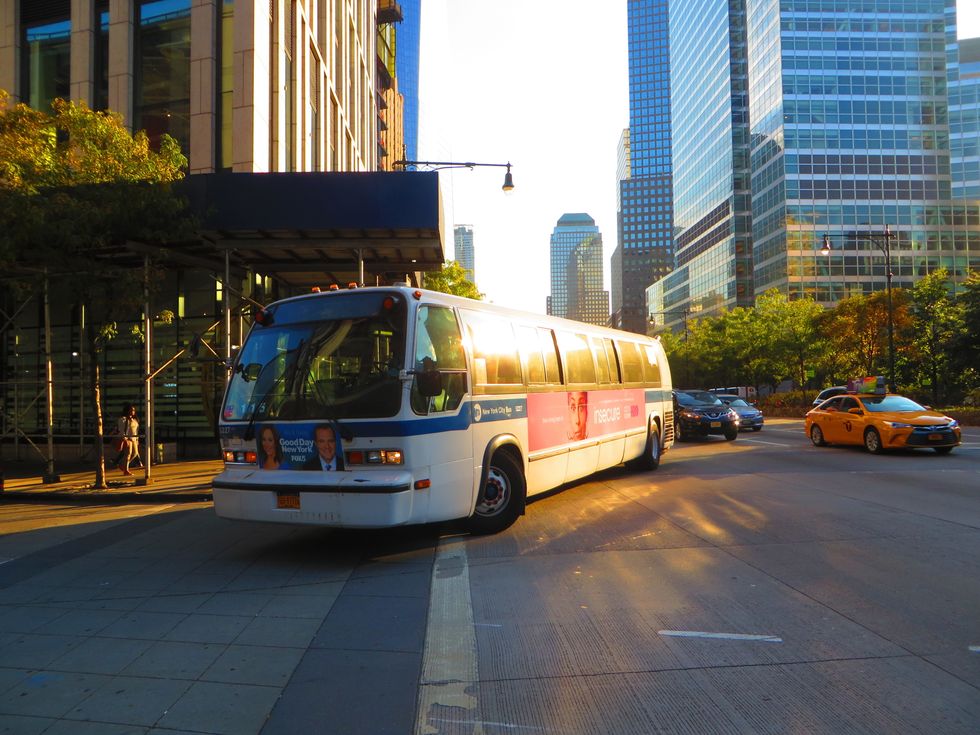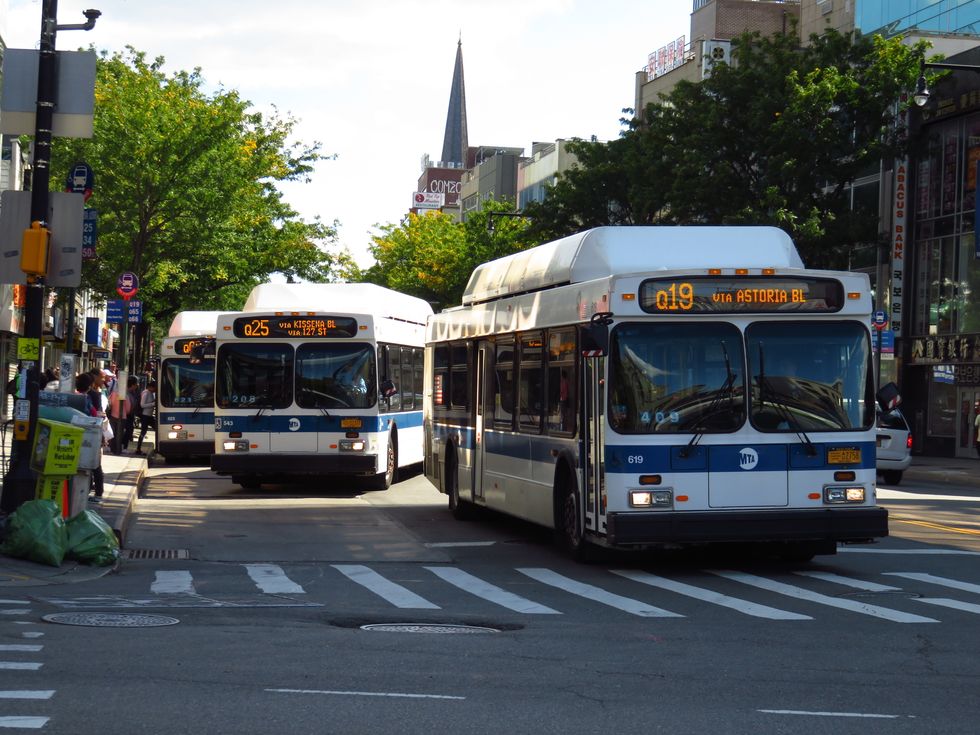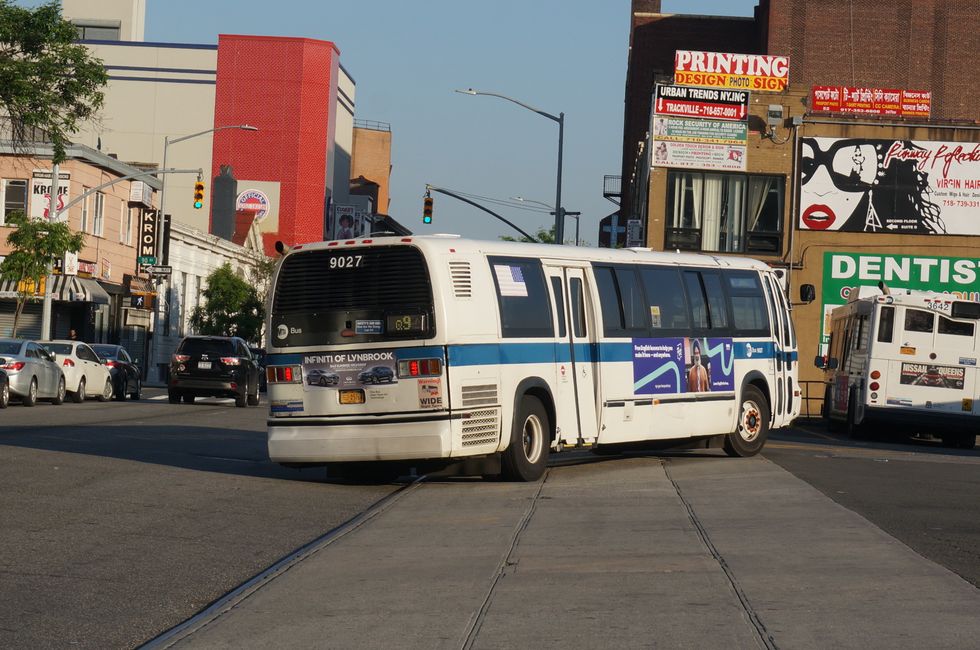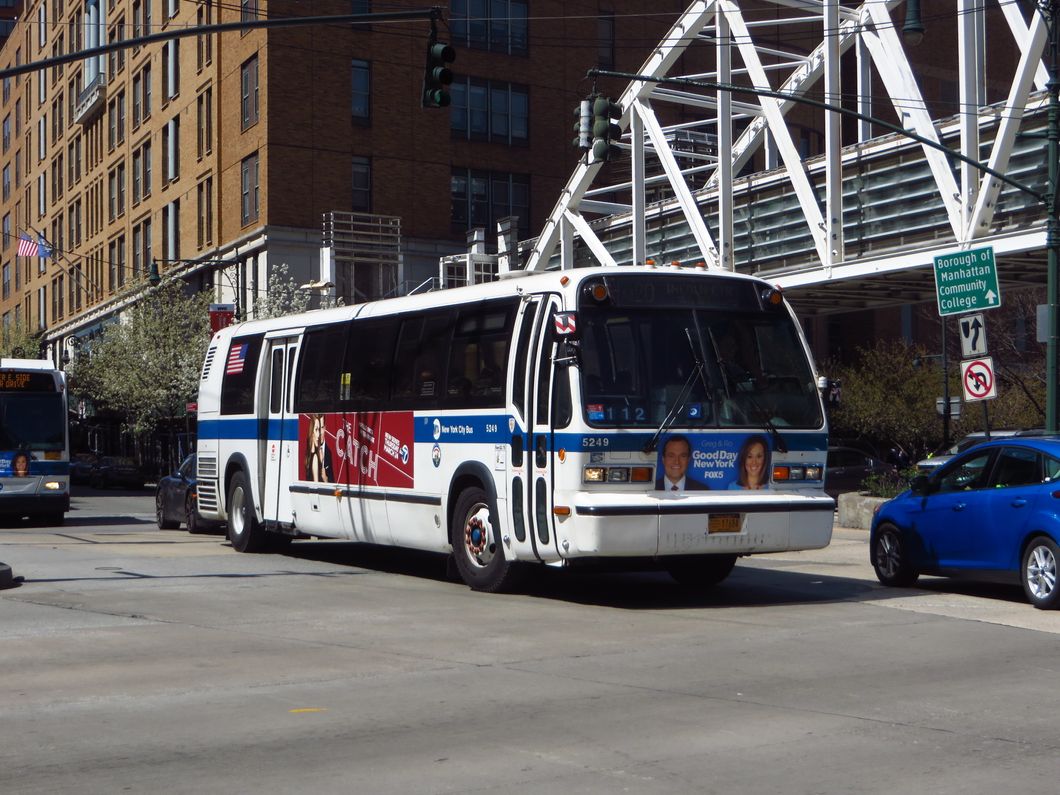Later this year or early next year, NYC will say goodbye to one of its most recognizable transportation icons. Although few New Yorkers know them by name, almost every New Yorker has seen and rode on one of them. Since they debuted in 1981, the classic Rapid Transit Series (RTS) buses have transported New Yorkers over 2 billion miles on almost every bus route in the city. With their distinctive design and legendary reliability, they have become not just an icon, but a symbol, of the MTA and NYC in general.

If you're a typical transit rider, you probably take bus riding and buses in general for granted. Virtually all of my friends see a bus as a bus and not much else. I hate to say this, but in the 21st century, they actually have a point. Go to any American city and most of the buses you'll find are literally boxes on wheels. Styling is sacrificed for economics. Ride comfort is sacrificed for accessibility. A bus could literally bring a sense of guilt to its occupants—it's as if they have no other choice but to ride in that flavorless, boring box.

However, the RTS is anything but a box on wheels. It was born in the 1970s, when the USDOT was pushing bus manufacturers to design a "bus of the future". Back then, public transit was not frowned upon like the way it is today, and the futurism of the space age was a recent memory. Out of this environment, General Motors designed a bus that was groundbreaking yet controversial, and futuristic yet practical. And with that, the RTS made its debut to the world in 1977.

With its sloped front end, curved side windows, smooth bodywork, and modular design, the RTS was quite unlike anything else on the road at the time. Its styling was so radical, in fact, that GM had to offer the more utilitarian Classic alongside it. In addition to its futuristic styling, the RTS also boasted state-of-the-art amenities, including a "kneeling" feature, automatic temperature control, and an optional wheelchair lift.

In the four decades since, the RTS has served almost every city across America. But in New York, it not only fulfilled its mission, but it did so with flying colors. Between 1981 and 1999, the MTA ordered over 4,000 RTS buses, and at its peak, the RTS made up almost 90% of NYC's bus fleet. The RTS stood out not only to commuters, but also to the MTA itself. Among buses purchased in the same year, the RTS was always the last to be retired. Many individual RTS buses ran for over 20 years in service, when the average transit bus lifespan is 12 to 16 years. And two decades of carrying passengers in NYC is no walk in the park. For two decades, these buses transported New Yorkers in stop-and-go traffic and on long and fast express routes, and through freezing cold and scorching heat, through rain, snow and sleet, and everything in between. Frank Sinatra said that if you could make it in New York, you could make it anywhere. The RTS not only made it in New York, it found its home here.

Four decades later, the RTS has largely been replaced by newer "low floor" buses, both in New York and elsewhere. In New York, the once 4,000 strong fleet is now down to about 200 buses. However, the design is still unmistakable. The unique curved side windows give the illusion of flying in an airplane, and make the bus feel open and airy. The once-futuristic bodywork is the perfect antithesis of the modern boxes on wheels, and the once state-of-the-art amenities have become standard. While modern transit buses emphasize practicality over style, GM amazingly integrated both within the same bus. Today, the RTS bus is not just classic, it's iconic. It represents an era when bus transportation was more glorious. It represents the future as seen from the past.
New York will never be the same without the RTS. It is to NYC as the Routemaster double-decker bus is to London. In other words, they are inseparable. And before NYC and the RTS separate for good, may New Yorkers and visitors to New York appreciate and admire these remarkable buses one final time.
The RTS is truly an icon of NYCGreg Huang
















